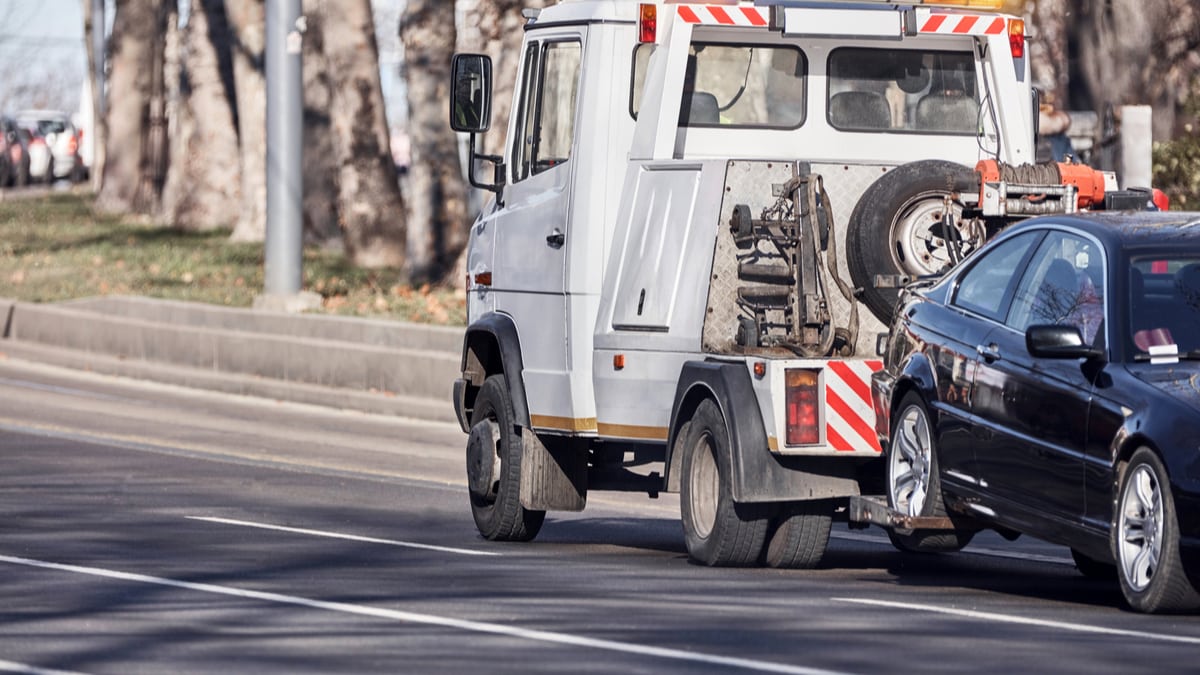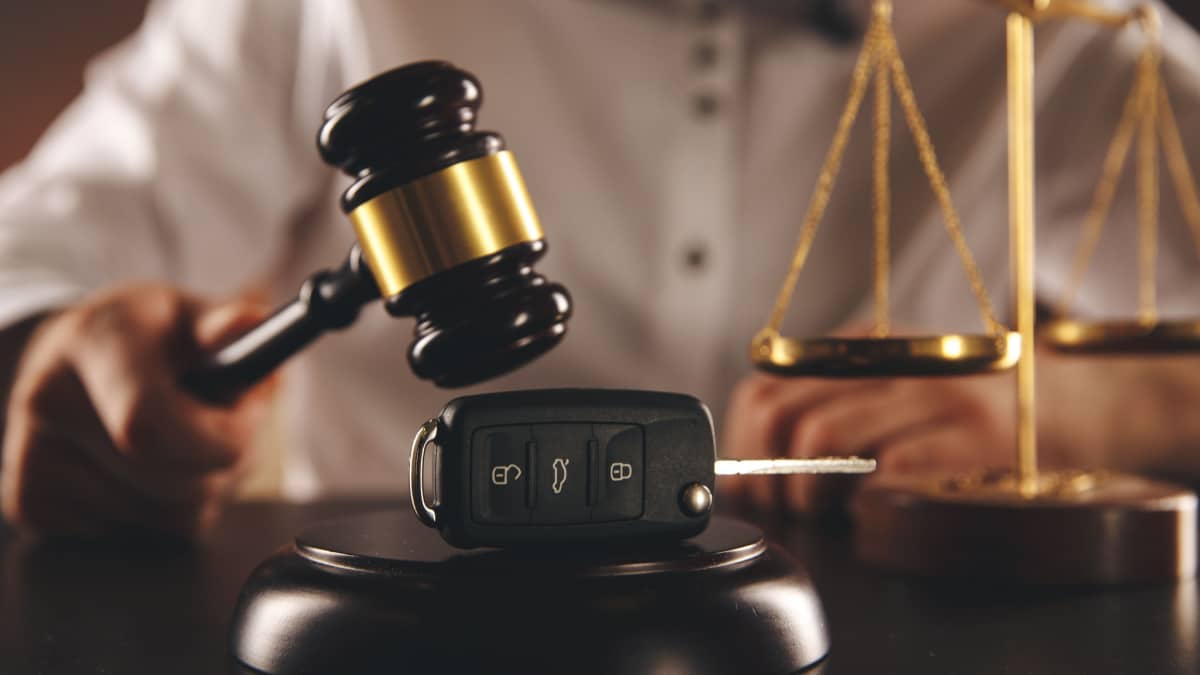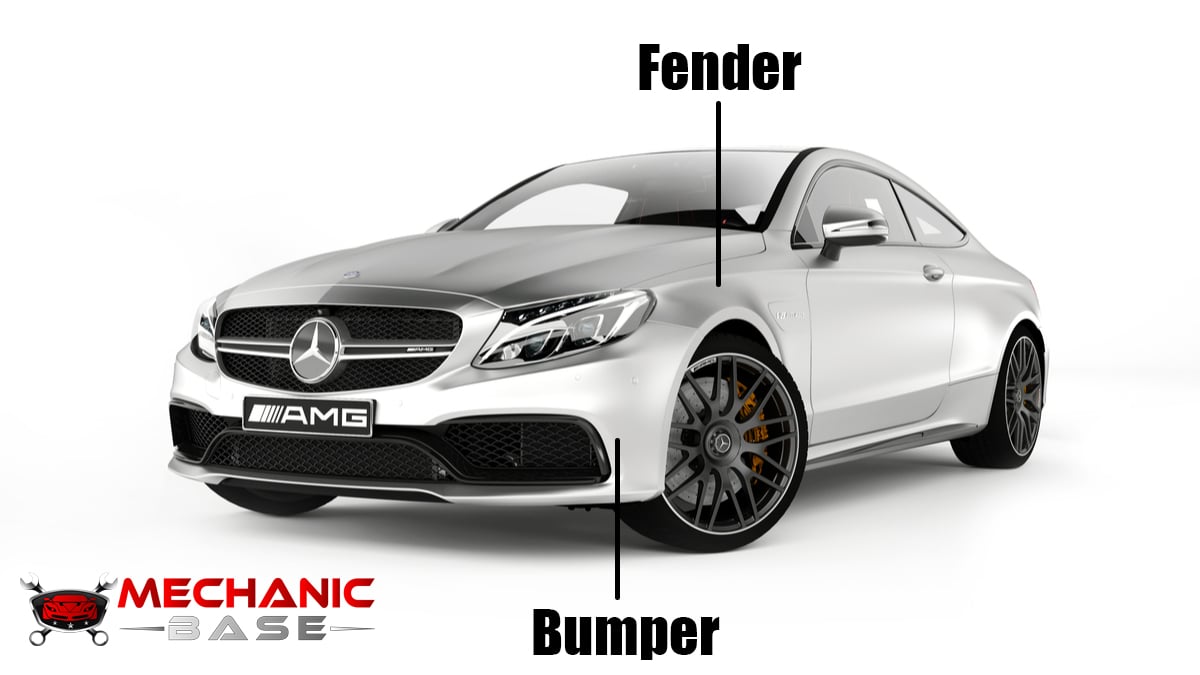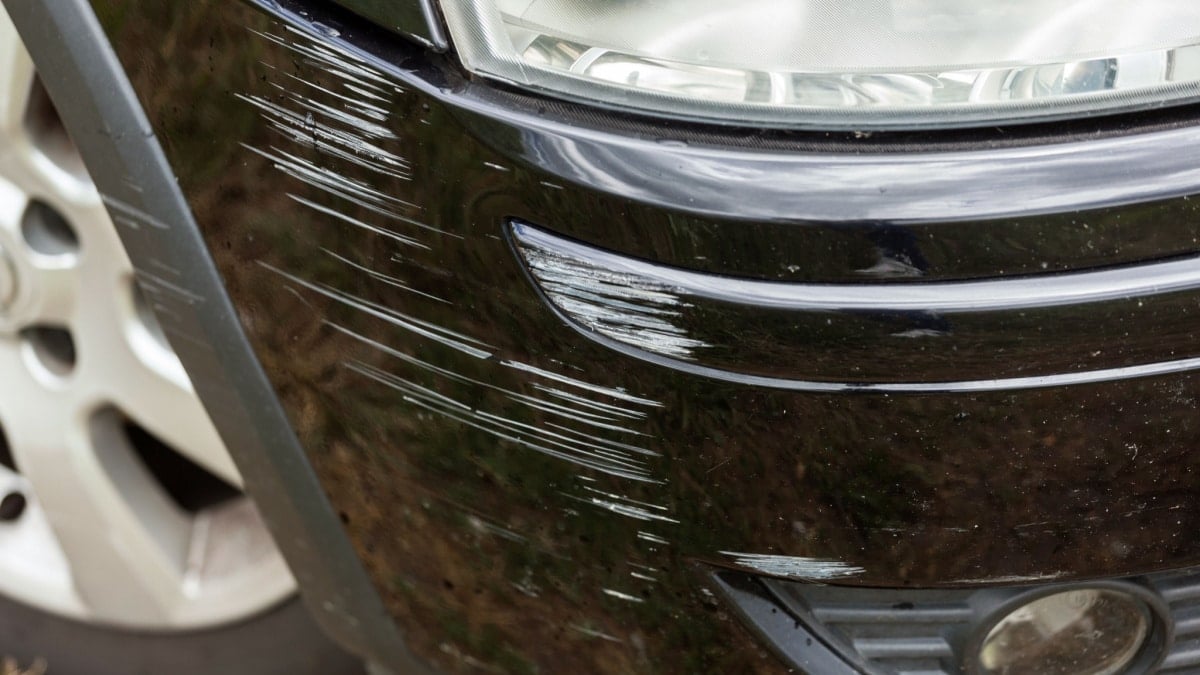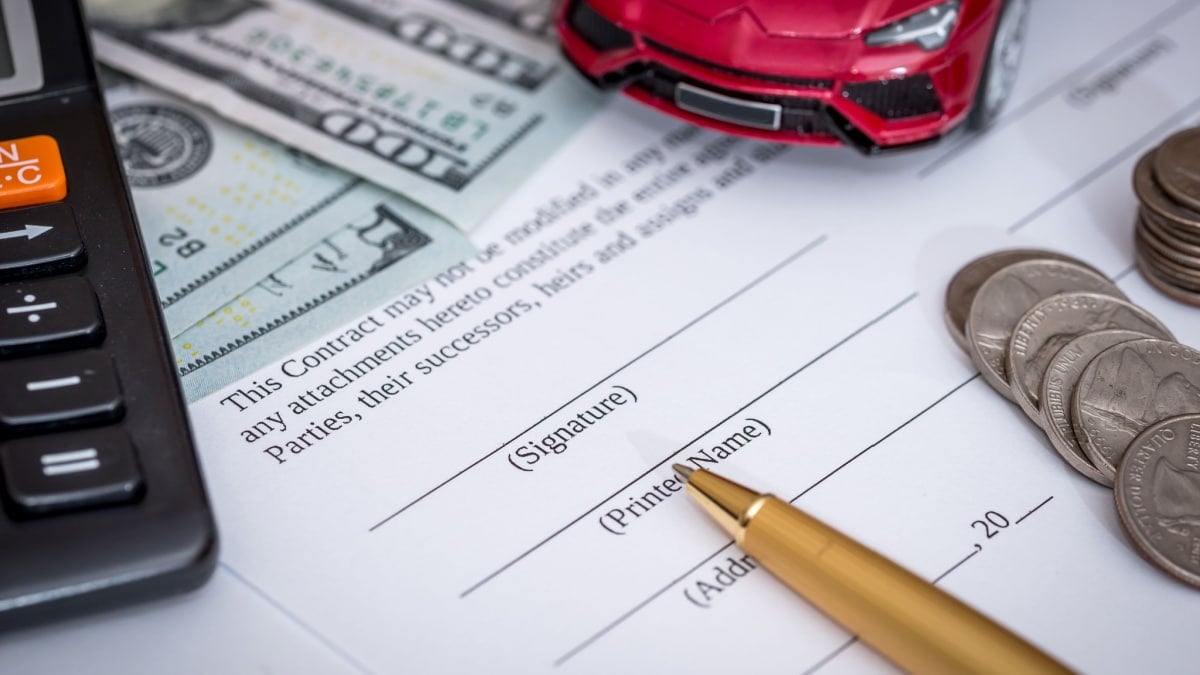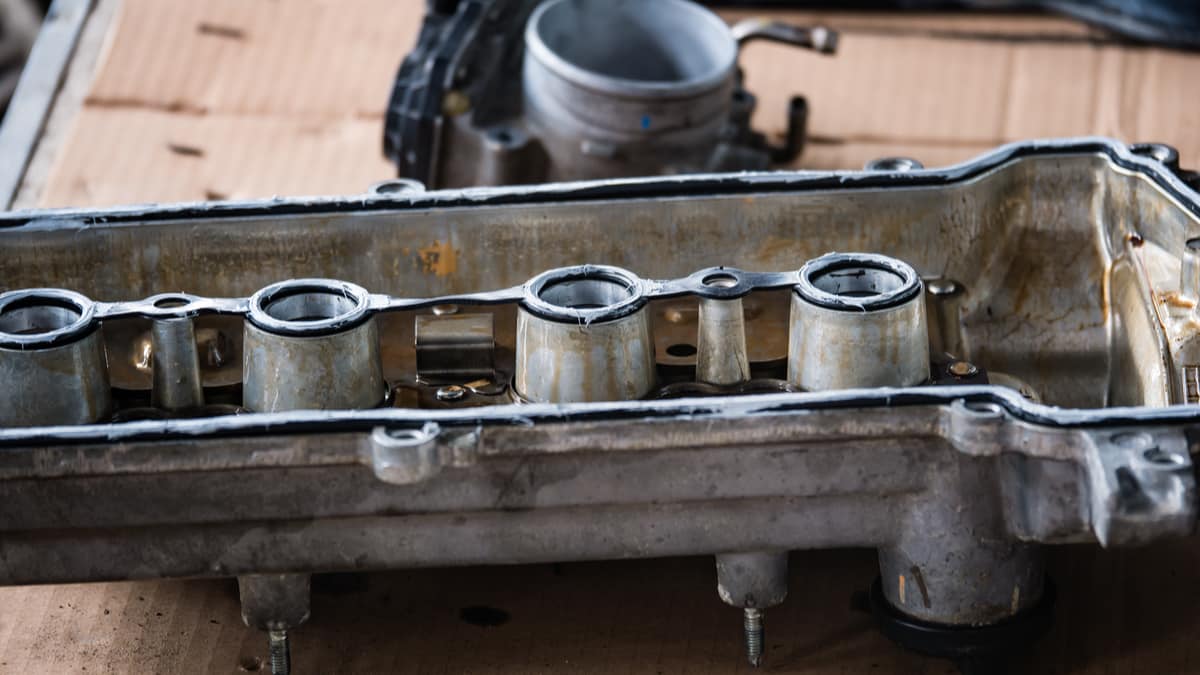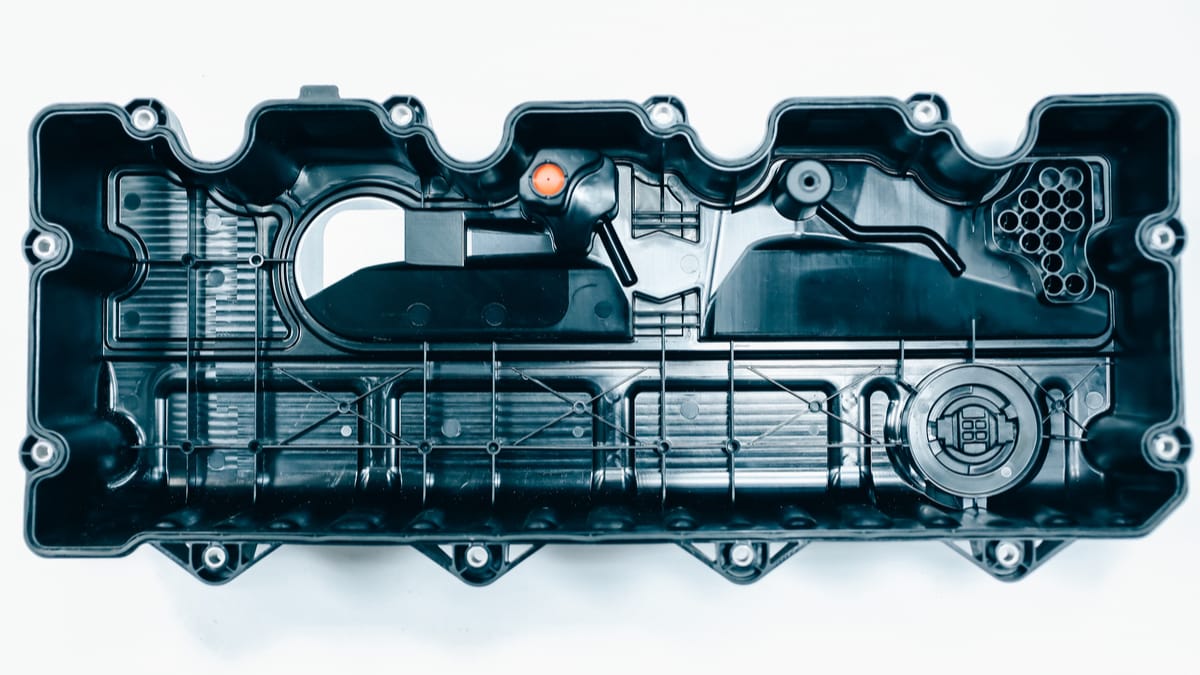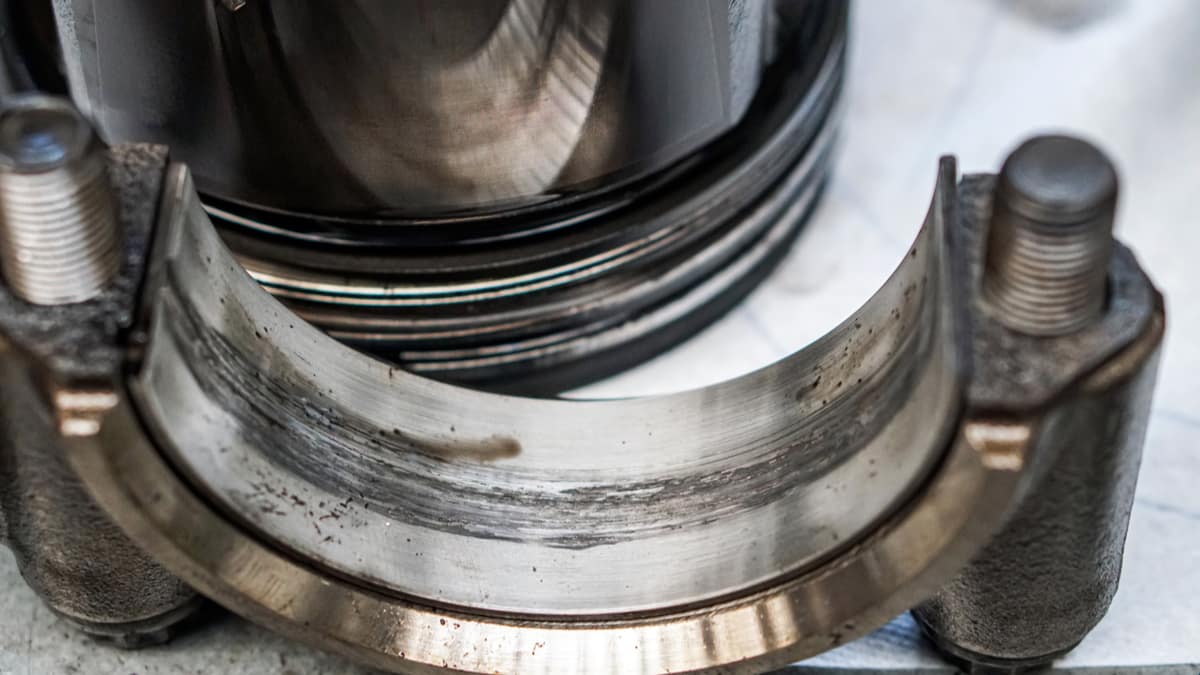In the car world, there’s a lot of talk about warranty protection, but much of it can be overly confusing. For example, what is a bumper-to-bumper warranty and how does it compare with powertrain coverage? This question doesn’t have to be complicated to answer.
Our simple guide breaks down the bumper-to-bumper warranty in easy-to-understand terms. We also look at what is covered and what isn’t. To make things even clearer, we look at the differences compared to the powertrain, show you how long the bumper-to-bumper warranty lasts and take a deeper dive into approximate costs.
What Is A Bumper-To-Bumper Warranty?
The car’s bumper-to-bumper warranty provides comprehensive coverage to protect most of the mechanical parts of the vehicle. If there’s a defect in the workmanship or materials of the covered part, it will be replaced. Every new car comes with a bumper-to-bumper warranty, otherwise known as the limited warranty.
Along with the bumper-to-bumper warranty, other protection plans are available. All new cars also include a powertrain warranty. On top of this, there are hybrid or electric battery warranties, corrosion protection plans and maintenance service plans to consider. With all of the possible plans designed to cover a vehicle, it’s possible not to worry about any breakdown or defect.
What Does a Bumper-to-Bumper Warranty Cover?
The bumper-to-bumper warranty is known by several names. It can be called a limited warranty or a comprehensive warranty. Whatever the manufacturer calls it, the protection is meant to cover most mechanical parts from the front to the rear of the vehicle, otherwise known as bumper-to-bumper. What’s strange about the name is that the bumpers themselves aren’t actually covered.
The bumper-to-bumper warranty could include vital parts such as the suspension, air conditioning, electronics and accessories. However, each manufacturer and warranty company offers a different list of inclusions, which is why it’s important to do your research upfront.
RELATED: Extended Car Warranty: Is It Worth It?
What Isn’t Covered by a Bumper-to-Bumper Warranty?
Despite the name of the warranty coverage, this warranty doesn’t handle all of the car’s problems. For starters, it’s not going to cover anything that’s already included in the powertrain warranty. You won’t get coverage for the engine or transmission through bumper-to-bumper protection.
It’s also not going to cover common maintenance items or any mechanical failure if your neglect caused the problems. For this reason alone, you want to keep up with the regular service schedule of your vehicle. You also want to avoid aftermarket parts that could lead to damage.
Here’s a small listing of common exclusions to the bumper-to-bumper warranty:
- Tires/wheels
- Body panels
- Paint/corrosion
- Interior fabrics, trim and seating
- Brake pads/rotors
- Auto glass, such as side windows and windshield
- Wiper blades
To get the full list of exclusions, it’s best to reference your paperwork. Every automaker and company specifies different exclusions, so you don’t want to take anything for granted.
RELATED: How to Check if a Car Is Still Under Warranty
How Long is a Bumper-to-Bumper Warranty?
As far as new cars are concerned, there isn’t a manufacturer offering less than a 3-year/36,000-mile bumper-to-bumper warranty. This seems to be one of the most common, used by Ford, Chevy, Nissan and other top companies. However, you can also find companies offering a 5-year/60,000-mile bumper-to-bumper warranty. This longer term is offered by Jaguar, Kia, Hyundai, Mitsubishi and Genesis.
Here are a few coverage highlights based on brand:
- BMW: 4-year/50,000 miles
- Chevrolet: 3-year/36,000 miles
- Ford: 3-year/36,000 miles
- Genesis: 5-year/60,000 miles
- Honda: 3-year/36,000 miles
- Hyundai: 5-year/60,000 miles
- Jaguar: 5-year/60,000 miles
- Kia: 5-year/60,000 miles
- Land Rover: 4-year/50,000 miles
- Mitsubishi: 5-year/60,000 miles
- Nissan: 3-year/36,000 miles
- Toyota: 3-year/36,000 miles
- Volkswagen: 4-year/50,000 miles
It’s important to check the latest terms before purchasing a car. Automakers are known to change the terms periodically. For example, Volkswagen offered a 6-year/72,000-mile warranty on 2019 models and earlier. Starting with the 2020 lineup, VW reduced the terms to only include four years or 50,000 miles.
Bumper-to-Bumper vs. Powertrain Warranty
1. Covered Parts
With the powertrain warranty, you get coverage for the engine, drivetrain and transmission. There are no other parts covered by this warranty.
On the other hand, the bumper-to-bumper warranty protects most of the other major mechanical and electrical systems. Even with the comprehensive coverage, there are some exemptions that you can find in the paperwork.
2. Term Length
Both of these warranties come standard with a new car purchase. However, the bumper-to-bumper warranty is going to expire before the powertrain warranty. Most bumper-to-bumper warranties are three to five years, while the powertrain warranty could cover four to ten years.
The only difference is when you are purchasing a bumper-to-bumper or powertrain warranty after the factory coverage expires. With third-party warranties, you have more options regarding the term length, ensuring you get exactly what you need.
3. Price
Whether you are looking at the factory bumper-to-bumper or powertrain warranty, you won’t have any expense upfront. Both of these coverage plans are included with your new car purchase. You may also get some protection for free with a Certified Pre-Owned vehicle, depending on the manufacturer.
On the other hand, if you plan to purchase a third-party warranty, you are going to need to pay out of pocket. In general, the aftermarket bumper-to-bumper warranty is going to cost more than the powertrain protection simply because of how many more parts are covered.
RELATED: How to Negotiate the Best Price for an Extended Warranty (7 Tips)
Bumper-to-Bumper Warranty Cost
At the end of the factory warranty term, you might be interested in purchasing additional protection. You can buy the bumper-to-bumper coverage at the time that you purchase the vehicle or any time afterward. On average, you may spend somewhere between $500 and $2,500 to get bumper-to-bumper coverage.
Sadly, it’s hard to give an estimate because there’s no universal pricing. The cost depends on what type of vehicle you drive, the number of miles on it and what kind of protection you want. Prices can also depend on where you live and how high of a deductible you want to sign up for.
As an example, if you were to choose protection with a $100 deductible, you are going to pay more for the warranty than if you have a $500 deductible. As with car insurance, the more you rely on the company to pay for each claim, the more you can expect to spend on the policy. The cost will also depend on how long you want coverage. The longer the term is, the more you can expect to spend. As the car gets older, the chances of mechanical failure are higher.
It’s also imperative to look at the additional benefits that come with an extended warranty. If a company offers rental car reimbursement, lockout protection or roadside assistance, your plan is worth more than a comparable option without these added perks. Yet, these perks aren’t needed by everyone, so you could be paying more for unnecessary additions.
Should You Purchase Extended Bumper-to-Bumper Coverage?
There’s no answer that fits every consumer. For some people, it makes complete sense to have a third-party warranty that takes over when the factory coverage ends. In other cases, it just won’t make sense. To determine what’s right for you, evaluate two factors, both your financial budget and the reliability of the vehicle.
Start by taking a closer look at your budget. Can you afford to pay for mechanical failure if it occurs? If you have a savings account that can cushion the blow, you may not see the benefit of paying for warranty protection. If something goes wrong, you’ll be able to cover the repair and move on. If nothing ever happens, you haven’t spent any money at all. However, if you don’t have a savings account, you could be in a jam if something fails. In this case, it might be best to spend a little for peace of mind.
Aside from your budget, you need to evaluate the type of car you drive. After looking through dependability and reliability ratings, you might gauge a better answer as to whether you need more warranty coverage. If the car has given you issues while covered by the factory warranty, an extended option might be wise. However, if the car has been reliable and looks like it will continue functioning normally, you may want to roll the dice.
Either way, as you evaluate third-party warranty companies, you must be careful which one you choose. You need a provider that has exceptional ratings and doesn’t feature an overwhelming number of customer complaints. After all, if you are going to pay for the protection, it needs to be there when something goes wrong.
Additionally, you want a plan that fits your needs. Find a company that has customizable plans and lengths to suit your tastes. You can also look through the perks to see what else can be taken advantage of. With the help of roadside assistance, towing protection, trip interruption coverage or rental car reimbursement, you might be able to drop other expenses you currently pay for. Your warranty coverage could take the place of your AAA membership, which might save you a little money.
RELATED: 10 Best Car Insurance Companies
How long is a bumper-to-bumper warranty good for?
Most bumper-to-bumper warranties are good for 3 years or 36,000 miles, whichever comes first. However, some manufacturers offer longer bumper-to-bumper warranties. Hyundai, for example, offers a 5-year or 60,000-mile bumper-to-bumper warranty on its vehicles. So it really varies depending on the manufacturer.
Is it worth getting an extended warranty on a new car?
There’s no right or wrong answer to this question, as it depends on each individual’s level of comfort and peace of mind. An extended warranty can be a great way to protect yourself from unexpected car repairs and expenses, but it can also be a waste of money if you never end up using it.
Is a bumper-to-bumper warranty worth it?
There is no easy answer when it comes to deciding whether or not a bumper-to-bumper warranty is worth the cost. On one hand, having this type of coverage can provide peace of mind in knowing that repairs will be covered in the event of an accident or other incident. However, bumper-to-bumper warranties can be quite expensive, and there is always the possibility that you won’t end up using it.
What does a bumper-to-bumper warranty not cover?
A bumper-to-bumper warranty does not cover wear and tear parts on the car like tires, windshield wipers, and brakes. Also, if your car gets scratched or dented while it’s being covered under the warranty, you will likely have to pay for those damages out of pocket.
Categories: Finance

